|
Photo Gallery If you have any
photos you would like o contribute,
Company Sergeant-Major (Warrant Officer Class II) John Robert Osborn, VC, died on December 19, 1941, defending British garrison of Hong Kong against Japanese attack. While fighting with small numbers of his unit, The Winnipeg Grenadiers, Osborn repeatedly showed great acts of heroism, including attacking the enemy single-handedly. On several occasions he picked up and threw back Japanese grenades that had landed in Canadian positions. When he was unable to return one of these grenades, he threw himself on it and was killed instantly. Company Sergeant-Major Osborn was awarded the Victoria Cross for his actions that day.
The following is a letter written by John Robert Osborn to his son Gerald dated 1941-04-09, ©Canadian War Museum.
Major-General
Maltby (left) GOC HK talking to Brigadier Lawson,
|
|
Brigadier Cedric Wallis
There is no doubt that Brigadier Wallis was a brave man, a fine
man who dedicated his life to the service of his country for
decades with honour. It is, therefore, difficult to understand
his behavior during the final hours of the battle. He became, in
the minds of senior Canadian officers, "rattled". |
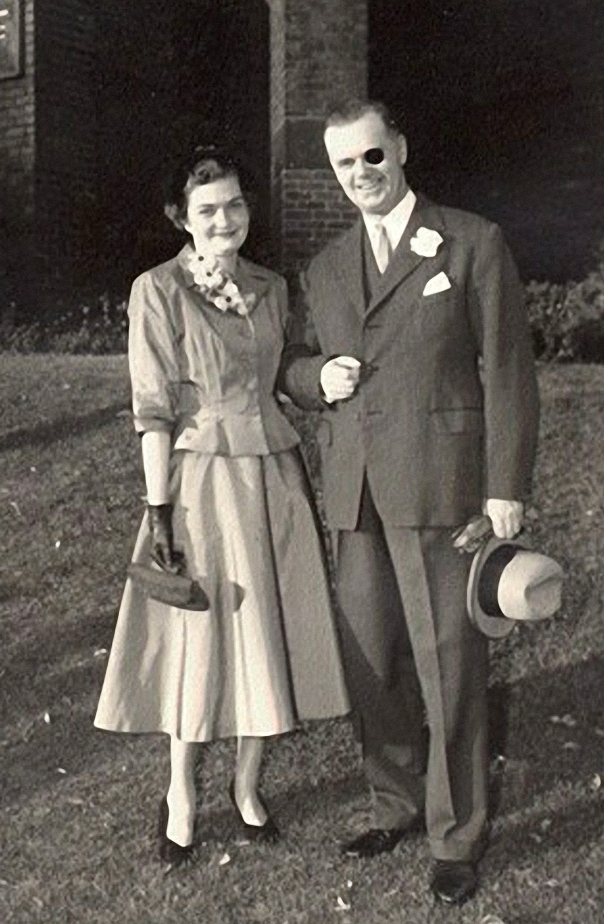 |
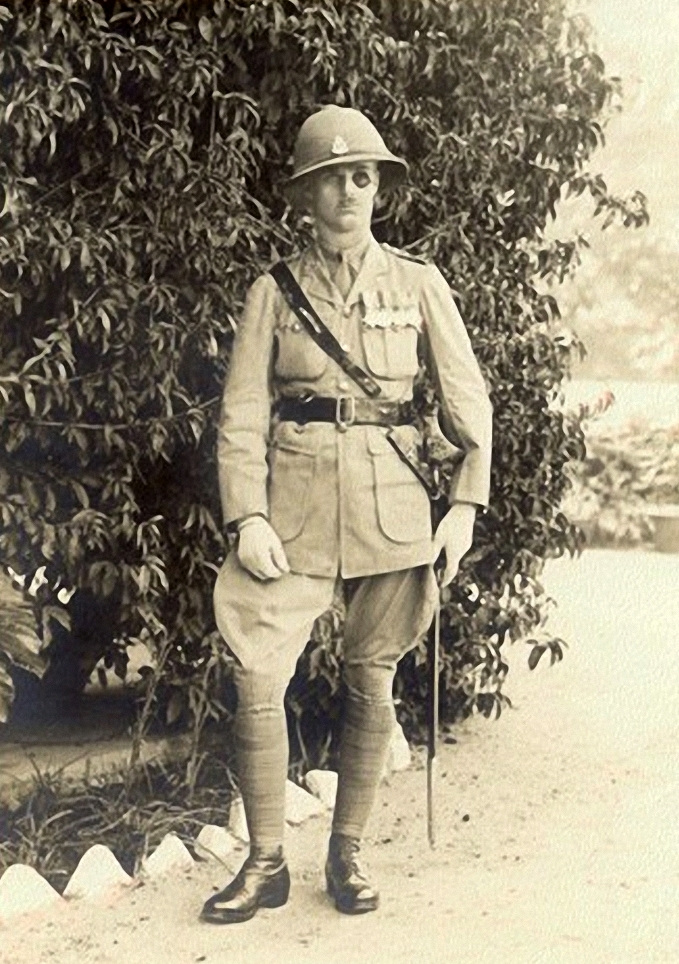 |
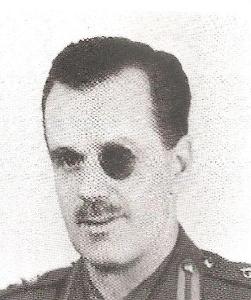 |
|
|
|
|||
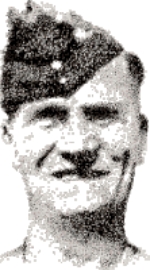

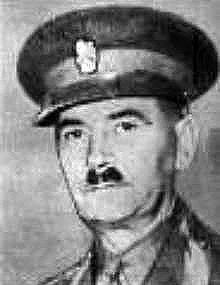
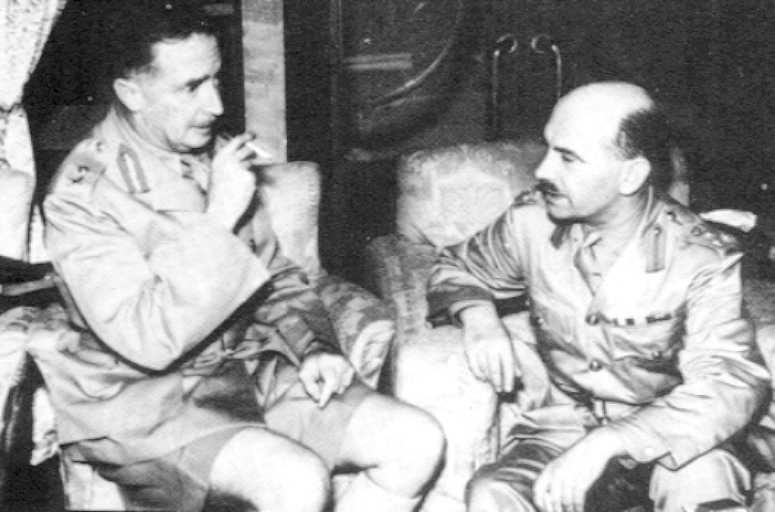

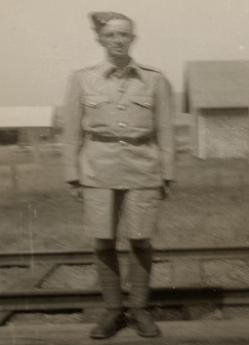
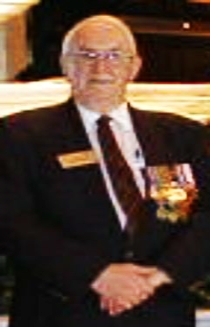
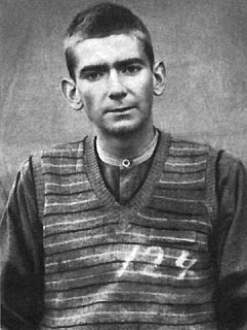
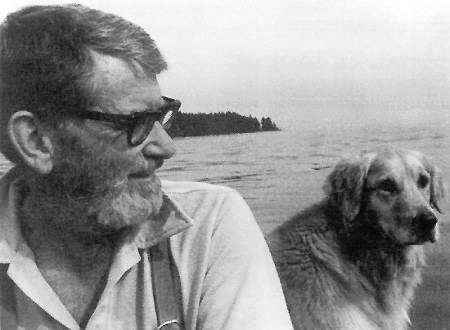
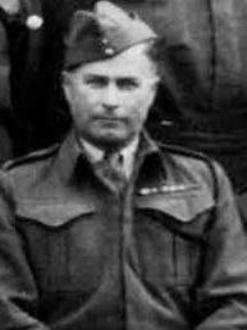


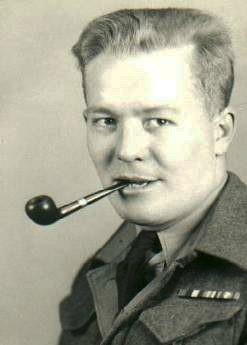

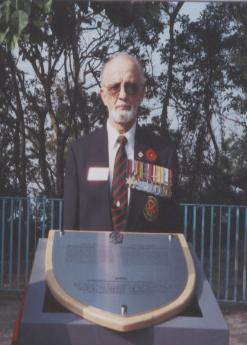
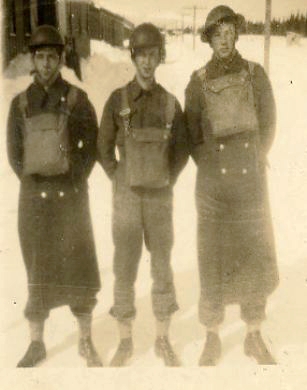
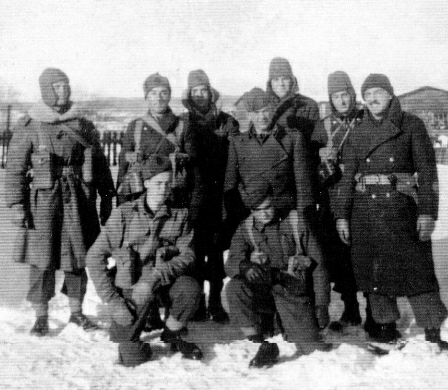

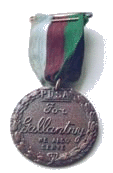 e others of his breed he was a huge, gentle, lovable animal,
a favourite of all the men in the Regiment. He was looked after
by his handler Fred Kelly but I think he had love enough to go
around as he showed great affection for all of us. As Regimental
Mascot he went everywhere with us, including Hong Kong.
e others of his breed he was a huge, gentle, lovable animal,
a favourite of all the men in the Regiment. He was looked after
by his handler Fred Kelly but I think he had love enough to go
around as he showed great affection for all of us. As Regimental
Mascot he went everywhere with us, including Hong Kong.